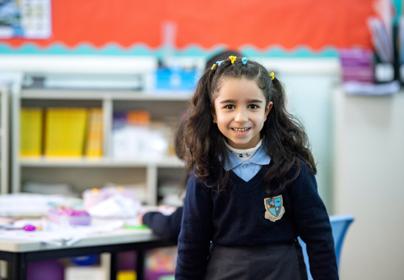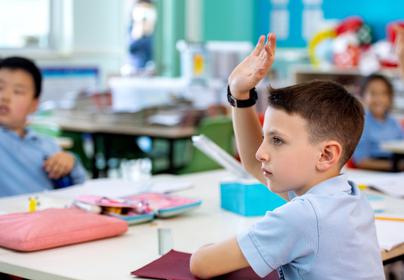Information and Communication Technology (ICT) has become an integral part of our daily lives, transforming the way we communicate, work, and learn. In the context of primary education, ICT plays a crucial role in preparing students for the modern world and equipping them with essential skills for the 21st century. The inclusion of ICT in the national curriculum recognises its significance in fostering creativity, critical thinking, collaboration, and digital literacy among young learners. Let's explore the importance of ICT in each year group of primary education and the skills students develop as a result.
In Year 1, ICT lessons take an exciting turn as students embark on a journey of discovery using iPads to capture photographs and videos. By using iPads, children are introduced to a world of creative expression. They can explore their surroundings, capture interesting moments, and experiment with different angles and perspectives. These activities foster imagination, critical thinking, and self-expression, allowing children to develop a unique voice at an early age.
In Year 2, students begin to explore the vast potential of the internet in a safe and controlled manner. They learn how to use search engines effectively by typing in appropriate keywords and adding the phrase "for kids" to find suitable results. This teaches them valuable skills in internet safety and information retrieval. Additionally, students develop their mouse mat skills and tool selection by using creative tools like Paint and Kleki to create images. They also learn to manipulate text and insert images using word processing software. These activities enhance their digital literacy and foster creativity.
Year 3 students engage in various ICT activities that enhance their learning and technological skills. They use platforms like Prodigy, a gamified learning platform, to consolidate their knowledge and challenge themselves. This not only motivates and excites students, but also helps them revise and reinforce what they have learned. Additionally, students focus on developing research skills, refining their searches using keywords and evaluating the authenticity of information. They apply these skills to create brochures and visually appealing posters, enabling them to develop critical thinking, information evaluation, and digital tool proficiency.
In Year 4, students further develop their programming skills by transitioning from Cute Bot Coding to Scratch block coding. Through coding, students learn computational thinking, problem-solving, and logical reasoning. They have the opportunity to create games that incorporate falling items that need to be caught, providing a platform for cross-curricular activities. For instance, students can transfer their biography information into book format, showcasing their work at the World Leader Exhibition. These activities promote creativity, collaboration, and cross-disciplinary learning.
Year 5 students focus on mastering advanced tools such as PowerPoint and Excel. They learn to manipulate text and images in complex yet efficient ways, enhancing their presentation skills. Students apply their newly acquired skills to create detailed presentations linked to humanities and science topics, allowing them to demonstrate their understanding in a multimedia format. They also delve into using Excel proficiently, strengthening their research and data analysis skills. These activities promote data literacy and effective communication of information.
The inclusion of ICT in the national curriculum across these year groups highlights the recognition of its importance in preparing students for the modern world. By incorporating ICT into primary education, students develop crucial skills such as digital literacy, critical thinking, creativity, collaboration, and effective communication. These skills are essential for their future success in higher education and the workforce, where technology plays an increasingly prominent role.




